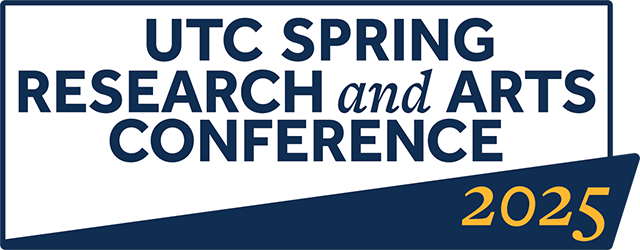Publisher
University of Tennessee at Chattanooga
Place of Publication
Chattanooga (Tenn.)
Abstract
Wetlands provide habitat for a multitude of species worldwide and exist on almost every continent. They act as water filtration systems, cycle organic and inorganic nutrients, prevent flooding and mitigate storm damage. As the human population continues to expand and cities continue expanding, more infrastructure is needed for water treatment and providing green spaces for citizens to enjoy. This literature review analyzes the current data on the effectiveness of constructed wetlands in the treatment of sewage effluent and how they impact the biodiversity of the local ecosystem. The databases Web of Science, ProQuest and Agriculture, Ecosystems and Environment were utilized. The key words “constructed or artificial wetlands”, “effluent treatment”, “biodiversity”, “land development”, and “agricultural runoff” yielded 100 articles and were selected based on relevance and publish date of 2010. Most studies support the notion that constructed wetlands efficiently treat wastewater through biotic and abiotic nutrient cycling, decreasing water temperature and decomposition of solid waste. Constructed wetlands provide habitat for aquatic, terrestrial and amphibian species and may be utilized to re-establish native populations if a thorough history of the desired ecosystem is understood and considered during planning.
Document Type
abstracts (summaries)
Language
English
Rights
http://rightsstatements.org/vocab/InC/1.0/
License
http://creativecommons.org/licenses/by/4.0/
Recommended Citation
Bryant, William T., "Artificial wetlands provide hope for municipal sewage effluent treatment and biodiversity declines". ReSEARCH Dialogues Conference proceedings. https://scholar.utc.edu/research-dialogues/2025/posters/1.
Artificial wetlands provide hope for municipal sewage effluent treatment and biodiversity declines
Wetlands provide habitat for a multitude of species worldwide and exist on almost every continent. They act as water filtration systems, cycle organic and inorganic nutrients, prevent flooding and mitigate storm damage. As the human population continues to expand and cities continue expanding, more infrastructure is needed for water treatment and providing green spaces for citizens to enjoy. This literature review analyzes the current data on the effectiveness of constructed wetlands in the treatment of sewage effluent and how they impact the biodiversity of the local ecosystem. The databases Web of Science, ProQuest and Agriculture, Ecosystems and Environment were utilized. The key words “constructed or artificial wetlands”, “effluent treatment”, “biodiversity”, “land development”, and “agricultural runoff” yielded 100 articles and were selected based on relevance and publish date of 2010. Most studies support the notion that constructed wetlands efficiently treat wastewater through biotic and abiotic nutrient cycling, decreasing water temperature and decomposition of solid waste. Constructed wetlands provide habitat for aquatic, terrestrial and amphibian species and may be utilized to re-establish native populations if a thorough history of the desired ecosystem is understood and considered during planning.


